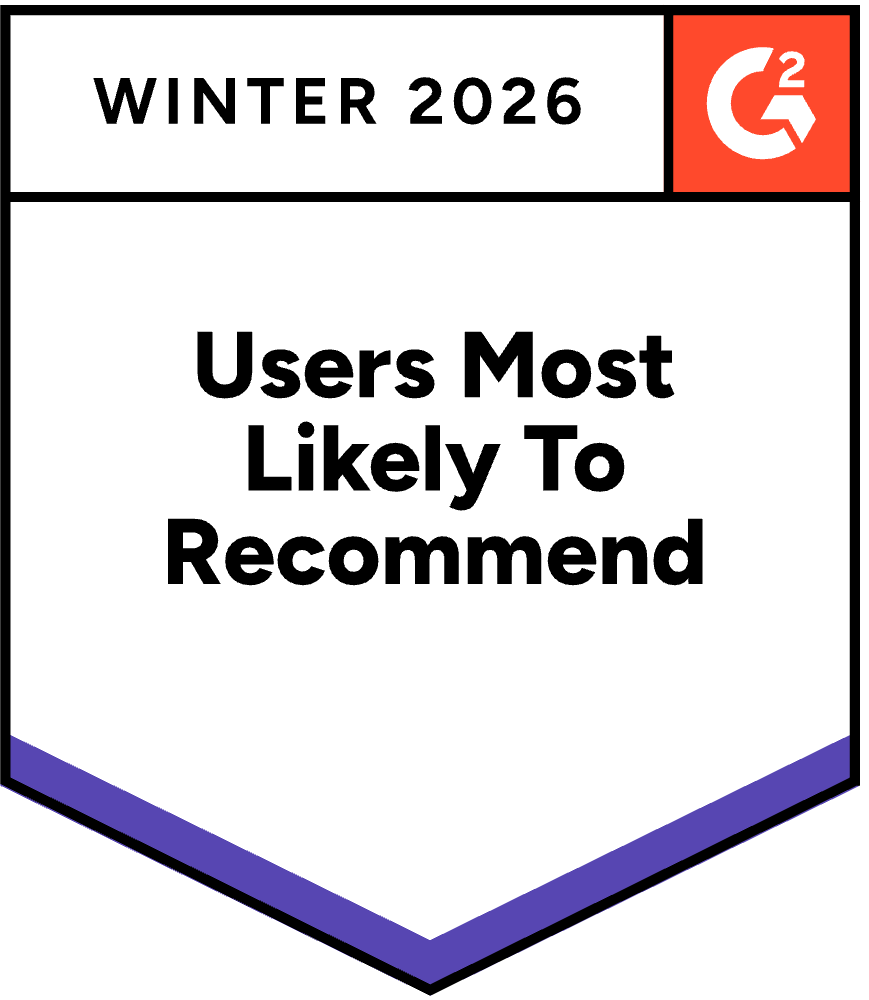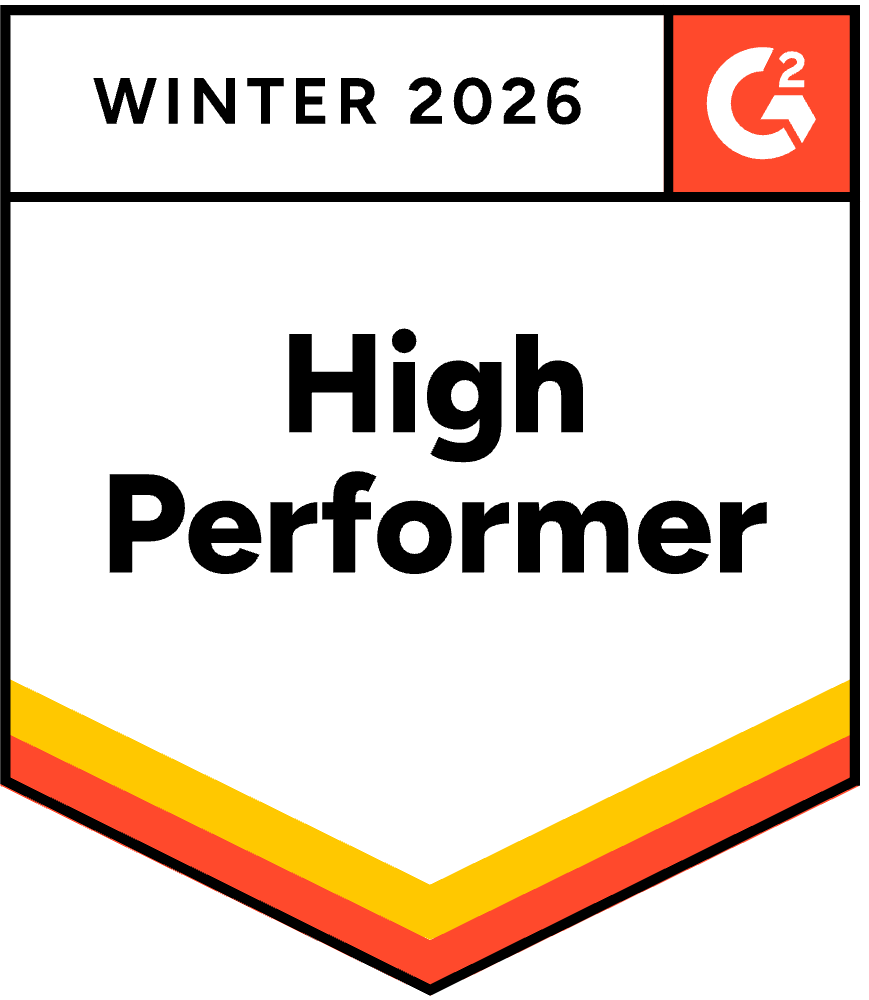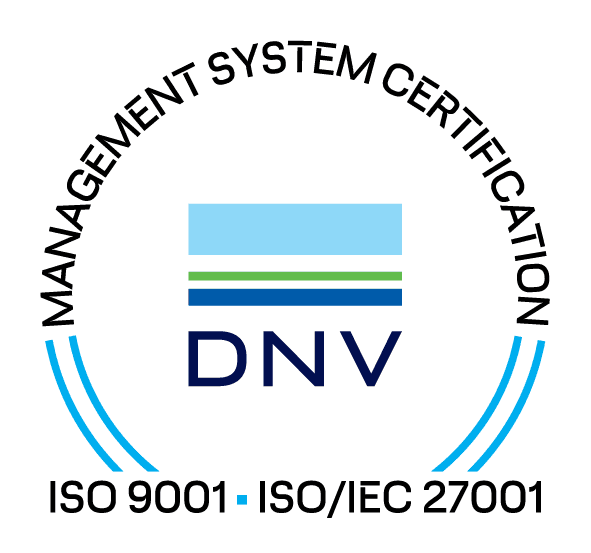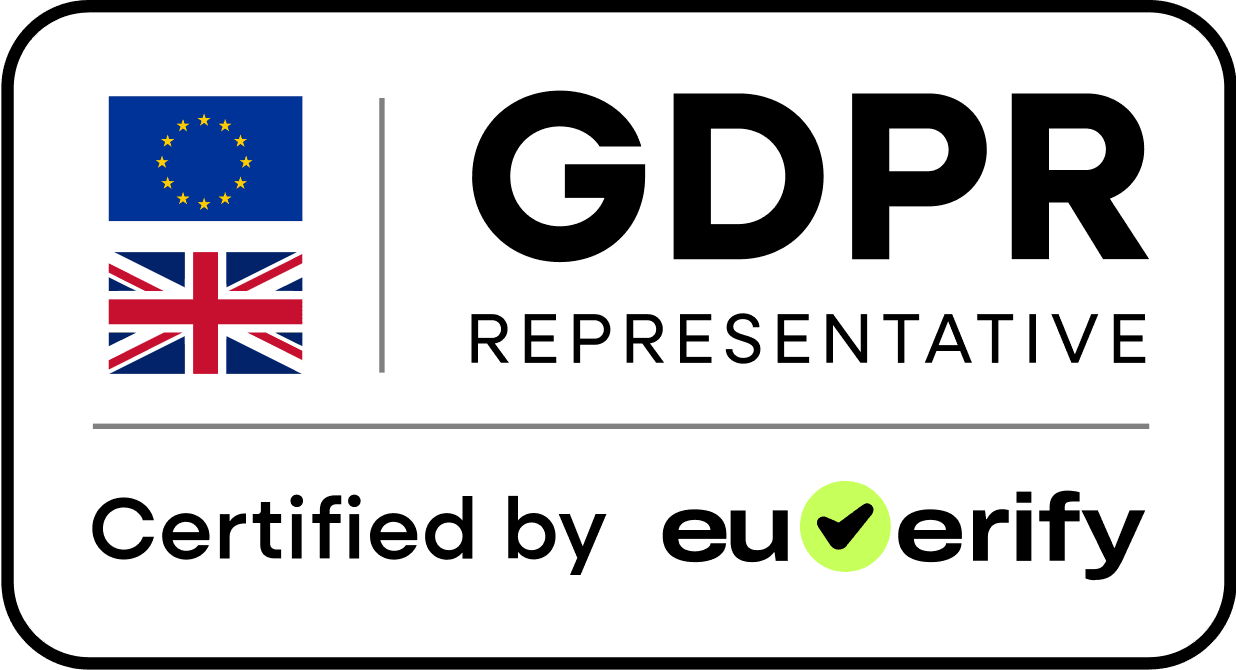SOC 2 is the gold standard for demonstrating security, availability, and privacy controls to customers and stakeholders. With CertCrowd, you can implement, monitor, and maintain SOC 2 compliance with automated evidence collection and continuous monitoring.

Trusted by hundreds of businesses, from startup to enterprise




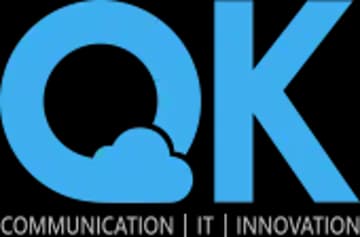


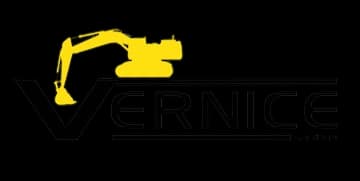
Explore everything you need to know about SOC 2 System and Organization Controls
Learn about the evolution and development of SOC 2
Understanding the five trust service criteria and controls
Discover key advantages of SOC 2 compliance for your business
Understand the differences between SOC 2 Type I and Type II reports
Step-by-step guide to achieving SOC 2 compliance
Understanding SOC 2 audits and compliance reporting
SOC 2 (System and Organization Controls 2) is a compliance framework designed by the American Institute of CPAs (AICPA) for service organizations that store customer data in the cloud.
It focuses on five "trust service criteria" — Security, Availability, Processing Integrity, Confidentiality, and Privacy — ensuring that service providers maintain appropriate controls to protect customer data.
Related: SOC 2 History and Background
SOC 2 is built around five Trust Service Criteria (TSC) that define the foundation of effective controls for service organizations.
These criteria ensure that your organization has the proper controls in place to protect customer data and maintain service reliability.
Related: Trust Service Criteria Deep Dive

In today's digital landscape, customers and partners need assurance that their data is secure. SOC 2 provides that independent validation.
SOC 2 is essential for service organizations that:
Related: Benefits of SOC 2 Compliance
SOC 2 reports come in two types, each serving different purposes:
Point-in-time assessment
Operating effectiveness over time (6-12 months)
CertCrowd Advantage:
CertCrowd helps you maintain continuous readiness for both Type I and Type II audits with automated evidence collection and control monitoring.
Related: Type I vs Type II Detailed Comparison
SOC 2 compliance typically involves four key phases:
Readiness Assessment
Gap analysis and control design
Implementation
Deploy controls and begin evidence collection
Monitoring Period
6-12 months of control operation (Type II)
Audit
Independent examination by CPA firm
How CertCrowd helps:
CertCrowd automates evidence collection, tracks control performance, and maintains audit readiness throughout your compliance journey.
Related: SOC 2 Compliance Process Guide

CertCrowd's GRC platform streamlines SOC 2 compliance through automation and continuous monitoring.
All trust service criteria and controls mapped and ready
Automated collection and organization of compliance evidence
Real-time tracking of control effectiveness and exceptions
Track and manage third-party vendor compliance
Real-time compliance status and audit preparation
Integrates with ISO 27001, NIST, and other frameworks
With CertCrowd, you can achieve SOC 2 compliance faster and maintain it with confidence through automated monitoring and evidence management.
SOC 2 reports are widely recognized and trusted across industries. They're developed by the AICPA and follow established standards for service organization control reporting.
Many organizations require SOC 2 Type II reports as part of their vendor assessment process, making it essential for B2B service providers.
Related: SOC 2 Standards and Recognition

Whether you're preparing for your first SOC 2 audit or looking to streamline ongoing compliance, CertCrowd provides the tools and framework to make SOC 2 manageable and sustainable.

Download our compliance checklists and see how compliant your system is - learn about the requirements of the standard with our plain English checklist.
Learn More

Check out our YouTube channel for video resources on using CertCrowd, managing risk, staying compliant and some fun as well.
Learn More

Read articles by industry experts on all things ISO, certification, risk, compliance and GRC.
Learn More

